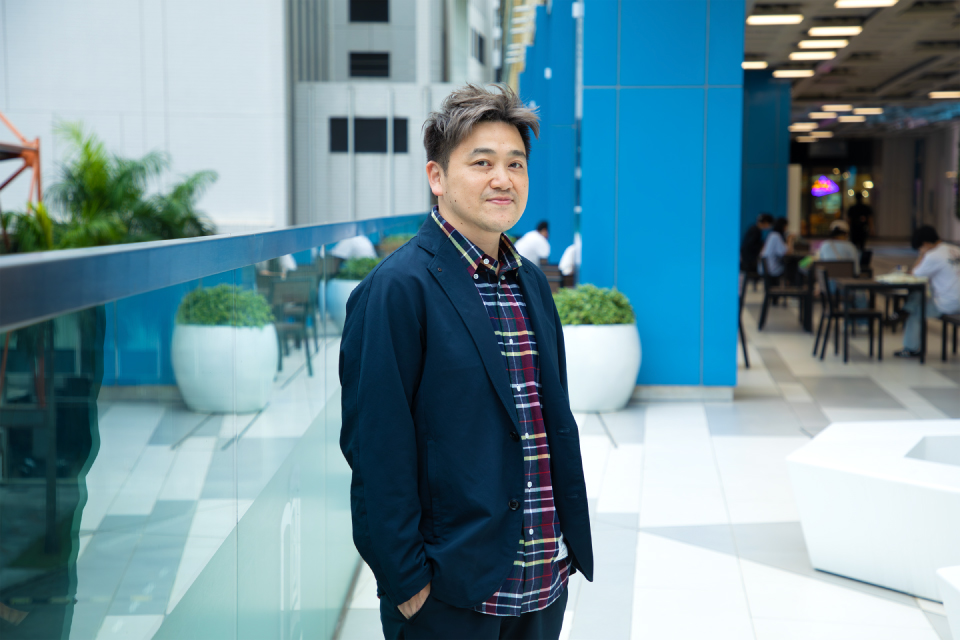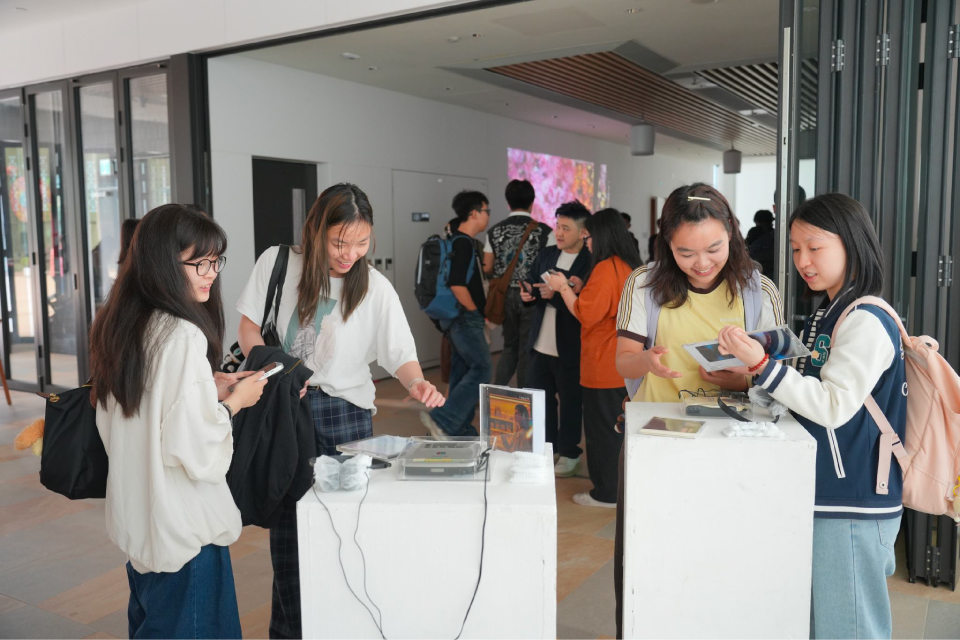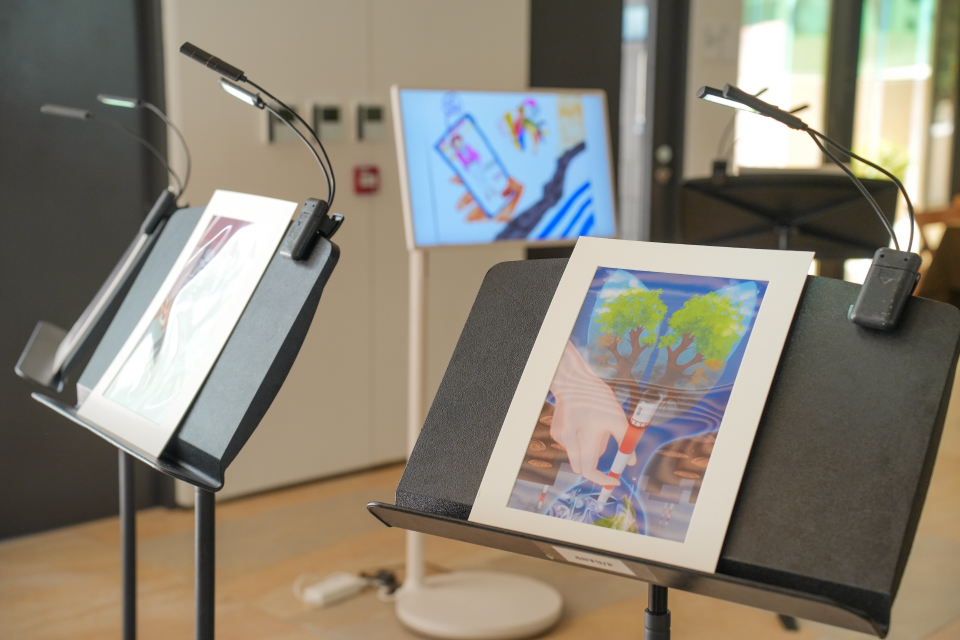Discover HKBU
Economics course blends art, creativity and sustainability
30 May 2025
While doing an economics course may be associated with the impression of sitting in a lecture hall taking notes, a group of HKBU business students recently joined art workshops and learnt to express their ideas and communicate economic concepts through drawing, videography, photography and songwriting.
The workshops were part of the experiential learning activities offered in Mr Ryan Man’s course, “Principles of Economics”. While the course primarily aims to introduce business students to macroeconomic theories with a strong emphasis on business and policy applications, it also encourages exploration of new concepts like Doughnut Economics, a sustainability model that shifts focus from traditional economic growth measured by gross domestic product (GDP) to ensuring all people can thrive within the Earth’s resources. Previous runs of the course tasked students with writing articles or designing infographics to present their findings, but this year, Mr Man developed new components.
“Incorporating sustainability in business education is vital to prepare students to meet the challenges of today’s world. I wanted to impress upon students the importance of looking beyond the GDP, instead of simply teaching from books,” says Mr Man, Associate Dean (Undergraduate Studies) at the School of Business and Director of the Bachelor of Business Administration (Hons) programme.


Using art to communicate economic concepts
To enhance students’ understanding of sustainability issues, Mr Man has integrated experiential learning into his course through a transdisciplinary collaboration with the Academy of Visual Arts (AVA) under the School of Creative Arts and the Cultural Literacy (LIVE) programme of the Office of Student Affairs. About 150 business students were invited to participate in one of the four art workshops led by artists and practitioners, where they explored different art mediums and addressed social or economic topics using artistic approaches.


For many of the students, this was their first foray in artmaking. “The students relished the opportunity to learn about different artistic and storytelling techniques, something that doesn’t come by often for business majors,” says Mr Man, who also attended the art workshops and learnt alongside his students.
He highlights the drawing workshop led by Ms Michelle Fung, a multimedia artist and an alumna of AVA, whose work explores pressing environmental issues and challenges students to think about the potential impact of unchecked consumption and climate change. “By introducing students to unique perspectives on the challenges of our time, we hope to inspire them to reflect on their roles as future business leaders in shaping a more sustainable world,” says Mr Man.


Fostering empathy among future business leaders
The workshops were met with enthusiasm from the students. They worked in small groups or individually to create artistic projects that delved into topics ranging from happiness, community well-being and social connection, to equality, prosperity and sustainability. More than 60 works were created, with selected projects featured in an exhibition on campus earlier, “Out of the Curve”.
“I found the workshop rewarding as it enabled us to connect economic concepts with personal narratives. The workshop’s exercises also stimulated my creativity and enhanced my problem-solving skills,” says one participant of the drawing workshop. Other students comment on the inspiring and meaningful learning experience they had, and how it enriched their knowledge of economic theories and the related applications in daily life.
The students’ positive feedback reinforces the benefits of integrating art into business education. Not only does this transdisciplinary approach broaden students' perspectives on sustainability, but it also empowers them to experiment, stay motivated to learn, and develop creative thinking.
Mr Man hopes that the course can foster one important quality in the classroom. “Empathy is crucial for future business leaders to navigate the complexities of the world with sensitivity and insight. Students can learn about the statistics and facts, but it is only when they develop a connection to sustainability issues that they can feel the impact of infinite economic growth,” he says. “By using art as a lens to see the world, students can have a different view of the world and ways to drive meaningful change in society.”